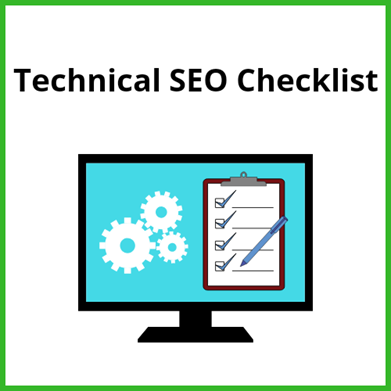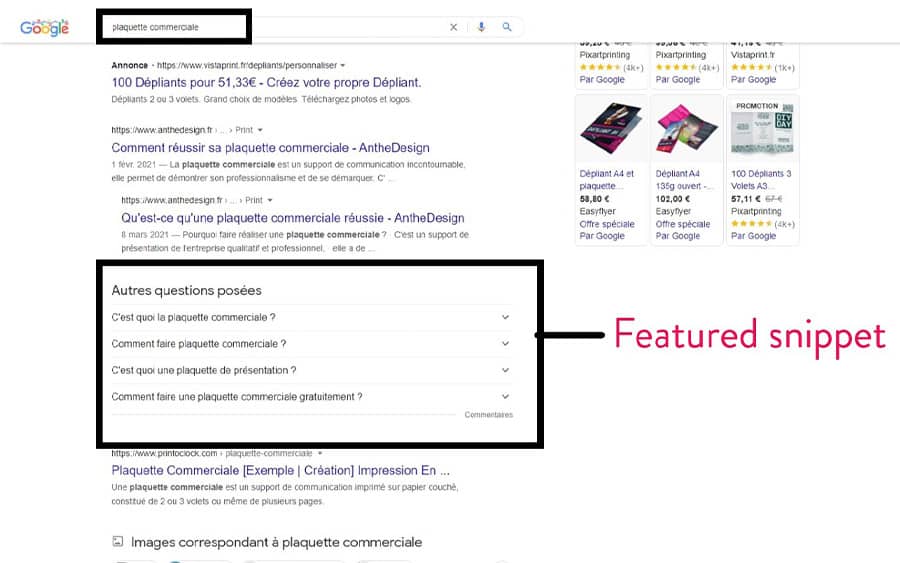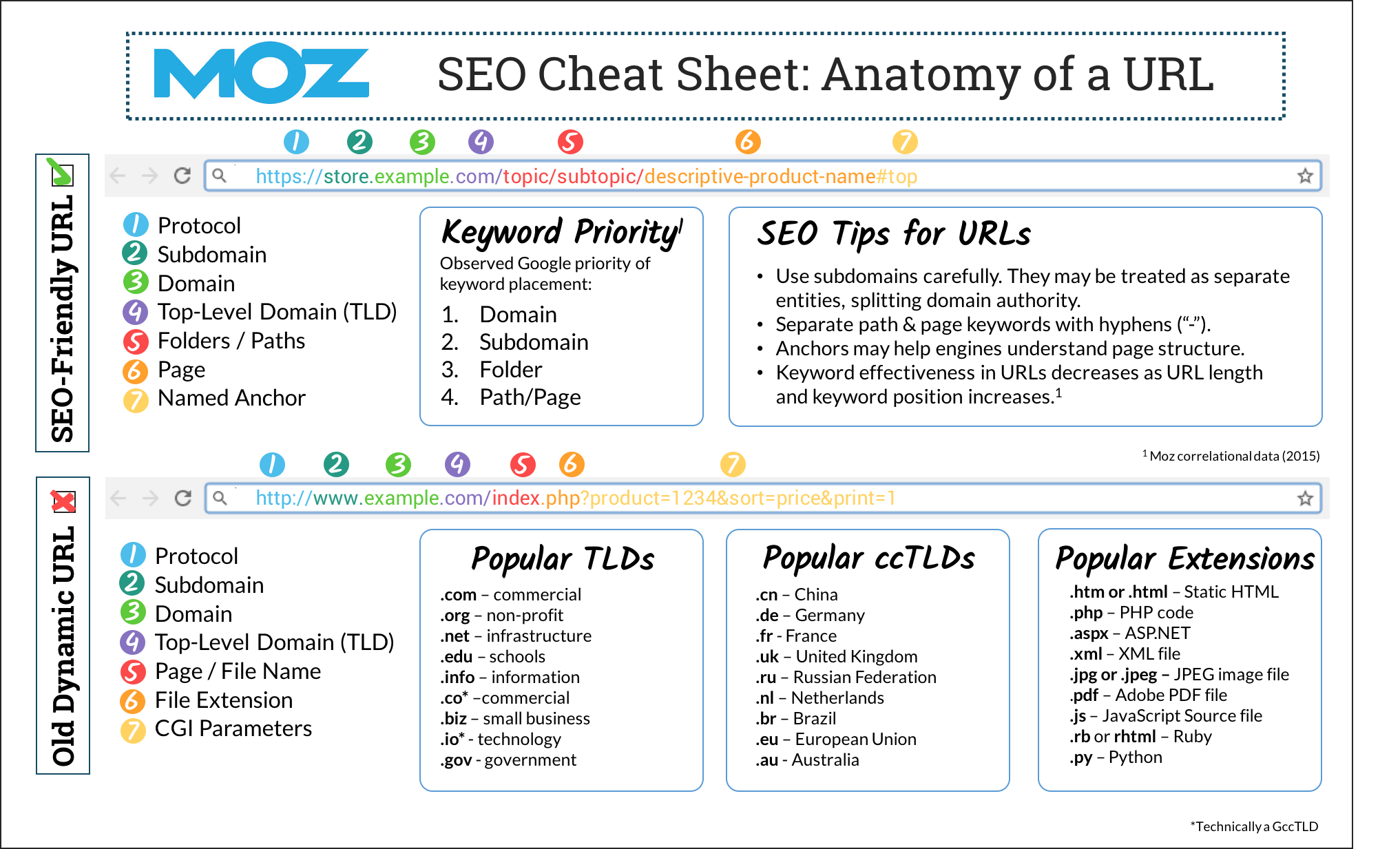
The main purpose of sales copy is to convince the customer to buy your product/subscribe to your communications. It is possible to achieve this by creating a call-to-action that provides prospects with a clear path. A great example of effective sales copy is that of HubSpot, a website that makes sales easier by sticking to specific pain points and speaking directly to sales professionals. In order to make your sales copy as effective as possible, you need to keep these four key elements in mind.
Empathy
Your audience should feel empathy in sales copy that is well-written. Empathy is the ability understand and relate with your audience's feelings. Empathic copywriting makes the difference between making sales and getting bounced. Writers who are able to empathize with the reader's emotions and situations will be more likely for them to purchase a product or a service. To increase credibility and affinity, you can also use empathy.
While it might seem sentimental to use empathy language when opening a sales letter, remember that every prospect is different and will have their own problems. Empathy is not a tactic to make people feel better. It's an essential marketing strategy that will help you build a loyal customer base. Empathy makes you more memorable to your customers. Avoid writing a sales pitch opener if you are concerned about it turning off your audience.
A well-written copy of sales is a bridge. It should resonate with your target audience and evoke empathy. Look at what makes people afraid of failure or what their friends think. This example can be used to help you create your copy. You'll never write a boring sales copy again! It's important to show empathy in sales copy. Do not let the writing become dry or repetitive. Try it out next time. This strategy will make you a lot more money in the end.
Empathy is demonstrated by understanding your prospects' problems. Consider your clients' needs when making buying decisions. Look for ways to make their lives easier. Empathy will help you understand their motivations and help them identify their problems. Empathy is an important part of marketing at many of the top companies in the world. They consider empathy one of their core values. If your content is empathic, customers are more likely than ever to purchase from you.
Simple, concise and easy to comprehend
A simple, straightforward and easy-to-understand sales pitch is key to attracting customers. Do not try to stuff too much information into your copy. Instead, concentrate on the benefits your product can bring to their lives. For example, an AC unit with a high SEER rating will save the consumer money in energy costs. Variable speed AC units can adapt to changing environmental conditions to conserve energy. Consumers will be more interested in the benefits of your sales copy than specs.
Remember that the average consumer will only pay attention to eight seconds of information, so it's unlikely they will read through a lengthy paragraph. You must speak the language of your customer and be able to relate to their problems if you wish to retain their attention. Consumers have a short attention span of only eight seconds. If they can be captured in just a few words they are more likely than not to buy. When writing a long piece of sales copy, break it up into two or three shorter sentences.
If you're selling a product/service, be open to listening to the needs of your customers. Read comments on social media and watch discussions on Quora. Copy the exact words they use and write them down. After doing this, write down the features of your product that your target audience will appreciate. A fitness center may offer flexible personal training, a nursery for babies, nutritional advice and support for moms.
Remember that sales copy is meant to convince consumers to act. Use persuasive language that resonates with your reader. You can make your sales copy more engaging and persuasive by using powerful words that evoke emotions. Power words such as "I," "you", and "you" can be used to get your audience to take action. Power words have an advantage over other words in your copy, so use them!
Feature-benefit copy

When writing sales copy, features and benefits are crucial. Benefits make a product/service stand out among its peers. Benefit-driven copy describes the benefits of a product/service, and is the strongest way to convince potential customers. Benefit-driven copy allows writers to distinguish between features and benefits.
Sellers and buyers can both be inspired by the benefits of a product/service. Write features-benefit copy explaining how the product or service benefits buyers. The benefits of a product or service are more important than the features. You will get more customers and sales if you focus on the benefits of a product/service. How can you craft benefits-driven copy, however? Here are some tips for creating effective features-benefit copy.
To make your sales copy effective, you need to understand the difference between features and benefits. While features describe the product or service, benefits are what it is. In sales copy, it is important to emphasize the benefits more than the features. But benefits are what make a product or service stand out from the competition. Customers should be convinced to buy your product or service. Benefit-oriented copy will also make customers more likely to purchase.
You'll be able to motivate your customers by using features-benefits in sales copy. However, big-ticket items may require more complex techniques. Combining feature-benefit content with value-selling techniques can make this a powerful combination. If you follow these steps, features-benefit copy can be easily integrated into sales copy.
Storytelling
Two benefits to using stories in sales copy are that it keeps the reader's eye and increases their likelihood to purchase your product. Storytelling also taps into the emotional connections that people make through stories, so the reader will remember it. Your ideas will also benefit from the context provided by the story. You can also feel part the story with your reader. Here are some examples to show how storytelling can help create compelling copy.
If written well, storytelling is a powerful tool for building brand loyalty as well as engaging customers. It uses imagery and metaphors to stir the emotions of the readers. A story can be as effective and as persuasive as direct response copy, provided it is told well. Direct response copy is not the same as storytelling. It's how the customer feels after purchasing. Moreover, storytelling is also known as content marketing. Its potential to attract and sell customers is its strength.
You can tell a story in any length, depending on what product you are selling. Use vivid words that evoke emotions in your readers. Each word must be able to compete with the other words in order to fill the space. The reader will lose interest if the story is not clear. Don't forget to include storytelling in your sales copy. Here are three ideas to include stories in your sales copy.
Case studies. Use stories to describe how your product works, and why it's superior to the competition. A great case study should be rich in details so that the reader is motivated to continue reading and then try your product. Or it could be a fictionalized story that illustrates the point. It doesn't matter what form you choose, storytelling is vital for your sales copy. What can you do to use storytelling in your sales copy
Consistency with brand voice

Your business' brand should be consistent in all communications. Not only will consistency increase your chances of success, but it will also improve your customer experience. Uncertainty in your brand voice can result in a weaker message, lower engagement and other negative consequences. It is possible to ensure that everyone in your organisation follows the brand voice guide.
Your brand voice should be the voice that you use for all communications channels. It should be consistent across all channels, emails included. Customers will remember your brand if it is consistent across all channels. A strong brand voice can make your copy stand out from the crowd, attracting new prospects and retaining existing customers. These steps are necessary to establish a strong brand voice.
It is a continuous process to develop a brand voice. Keep it in mind when you revisit it. The brand voice should reflect your vision of how your audience will experience your brand. Make sure you use the same voice for all your communications, including your website, blog posts, emails, and print content. You will confuse your customers if your brand voice is inconsistent across all communications. A friendly tone is a good way to ensure consistency in brand voice across all channels.
You can begin a blog to develop a consistent brand voice. Mailchimp's blog posting is an example. It has a conversational tone. You can make it more casual than the brand voice guidelines for your sales text, but you can still make it engaging and fun. Oatly is a great example of a brand that uses illustrations and quirky copy throughout its branding. You can even find their brand voice on their packaging and social media captions.
FAQ
What are some of the best tools to do on-page search engine optimization?
Video embeds and image alt tags are great tools for on-page optimization. You can learn more about these types of issues in this article.
What Are Some Common Mistakes Made by SEO Users?
The most common mistake people make when using SEO is not taking the time to do it right. SEO is not a quick process. You must put in the effort to optimize your website properly if you want to achieve success. A common mistake is to try to trick search engines with black hat methods. Black hat tactics can damage your rankings as well as help them.
Why SEO strategy is so important
Search engine optimization (SEO), is a way to get more people to visit your website via Google.
Search engines such as Google, Yahoo!, Bing, and others store information about websites on servers called "crawlers," which send this data back to the company's central database. This allows them index web pages for search purposes.
Your website will be found higher in search results. This means that more people will click on the link to visit your site. Therefore, you won't be found if you are not visible in these searches.
To ensure that your website is found by search engines, ranking high on all major search engines is the best method. You can achieve this by using two methods: organic and paid advertising.
Paid Advertising – Paid advertising is when companies pay per click to have their ads appear higher than other sites in search results. These ads can include text ads, banner ads, pop ups, ecommerce widgets, and more.
Natural Organic Links – Natural organic links are sites where you have proven your expertise over time. They also show that you have earned the trust and respect of your industry. Over time, links are built naturally through guest posting, commenting on other sites, and so forth.
You must continue to invest in both marketing and sales to stay on top of your game.
Statistics
- If two people in 10 clicks go to your site as a result, that is a 20% CTR. (semrush.com)
- And 90%+ of these backlinks cite a specific stat from my post: (backlinko.com)
- Sean isn't alone… Blogger James Pearson recently axed hundreds of blog posts from his site… and his organic traffic increased by 30%: (backlinko.com)
- 93%of online experiences today begin on search engines. (marketinginsidergroup.com)
- These guides are designed and coded 100% from scratch using WordPress. (backlinko.com)
External Links
How To
How to Create a Successful SEO campaign
You have to know how to stand out from the crowd if you are doing creative writing.
Most writers are very similar. Writing follows the same patterns. They are repeating themselves and fall back on clichés.
You need to get out of your ruts and create new ideas. It's about thinking outside the box.
You should also look for interesting ways to make writing more interesting. It is important to consider the personality of your audience when you write for them. What makes them happy? What makes them laugh? What makes them cry?
What is it that excites them? What scares 'em?
These are the questions you should ask yourself when you write. Next, ask yourself why someone cares about what you are saying. Why would someone read your words and not others?
Once you know this, you can begin crafting your story.
Your hook should be your first line. It is important to start with your hook. This is the first impression that readers will get of you. Be wise when choosing.
Next, you need to decide if your piece will be informative or persuasive. Informational pieces explain facts. Persuasive pieces convince readers to agree with you.
Final, choose whether you want to tell stories or show examples. Stories are fascinating. Examples are a great way to see how something works.